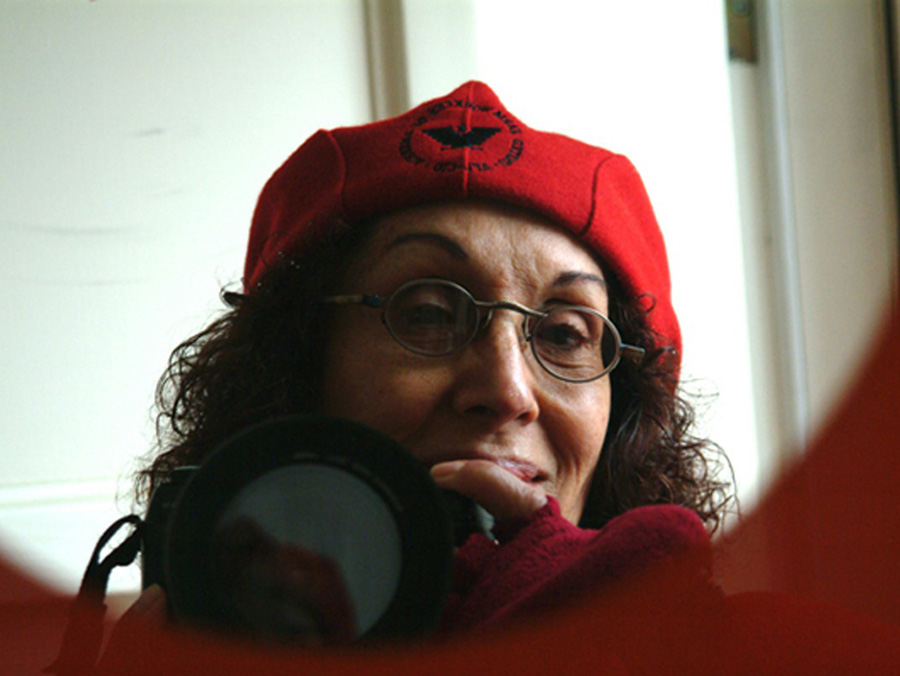
Celia Álvarez Muñoz ('82 M.F.A.) says she could paint pretty pictures all day. But it's not for her.
She wants to challenge the viewer.
"To build in levels of thinking is very seductive to me," she says. "I will lure you in with something accessible. And there's always something else to see beneath the surface. There's an image in there, but the image is connected to the thought process and the language allows you to move in different directions. So many words are signifiers that allure you to a meaning -- what it signifies, what it could be possibly be."
She's turned those ideas into objects and installations about a range of topics -- from women's issues to Latinx culture -- that have been displayed or commissioned from an elementary school in New York City to the Whitney Biennial, considered one of the world's most prestigious art exhibitions. Her decades of work have resulted in the 2020 Lifetime Achievement Award in the Visual Arts from the Houston Art League, been the subject of the book Celia Álvarez Muñoz and earned her the title of Texas State Artist 2D for the year 2022.
What does she hope that viewers get when they see her work?
"I hope they have a sense of validation," she says. "I don't make work that exposes suffering. I'm more about celebration of who we are -- the possibility and hope and of course ushering in the next generation."